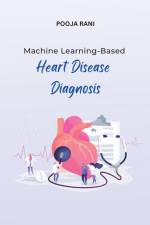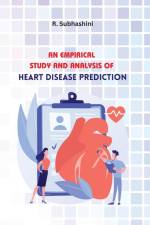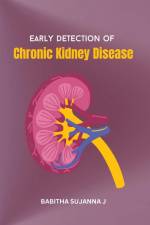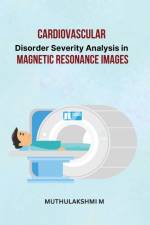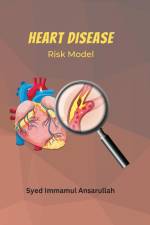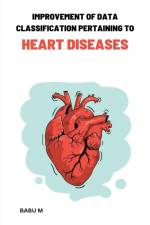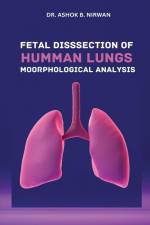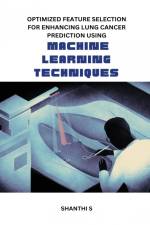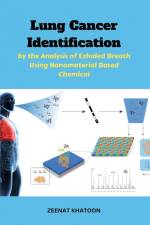av Eligius Sawian
421
Music education encompasses a range of activities and programs that aim to teach individuals about music, develop their musical skills, and foster an appreciation for music. It can be offered at various levels, including early childhood, primary and secondary education, and higher education.In schools, music education typically includes both theoretical and practical components. Students learn about music theory, history, composition, and music appreciation, as well as engage in practical activities such as singing, playing musical instruments, and participating in ensembles or choirs. The curriculum may also cover topics like music technology, improvisation, and music performance.Music education programs can vary in their structure and approach. Some schools have dedicated music teachers who deliver music lessons as part of the regular curriculum, while others may offer extracurricular music programs or partner with external music organizations. In some cases, specialized music schools or conservatories provide intensive music education for students with a particular interest or talent in music.The availability and quality of music education can depend on factors such as the educational policies of a country or region, the funding allocated to music programs, the expertise of music teachers, and community support for music education initiatives. Some educational systems prioritize music education and ensure its inclusion in the curriculum, while others may face challenges due to limited resources or competing educational priorities.Music education has been recognized for its numerous benefits. It helps develop cognitive skills, such as critical thinking, problem-solving, and pattern recognition. It also enhances creativity, self-expression, and communication skills. Additionally, music education can contribute to social and emotional development, teamwork, cultural understanding, and personal fulfillment.The status of music education may evolve over time, influenced by educational policies, societal values, technological advancements, and shifts in funding priorities. It is important for communities and policymakers to recognize the value of music education and support initiatives that ensure its accessibility and quality for all learners.









